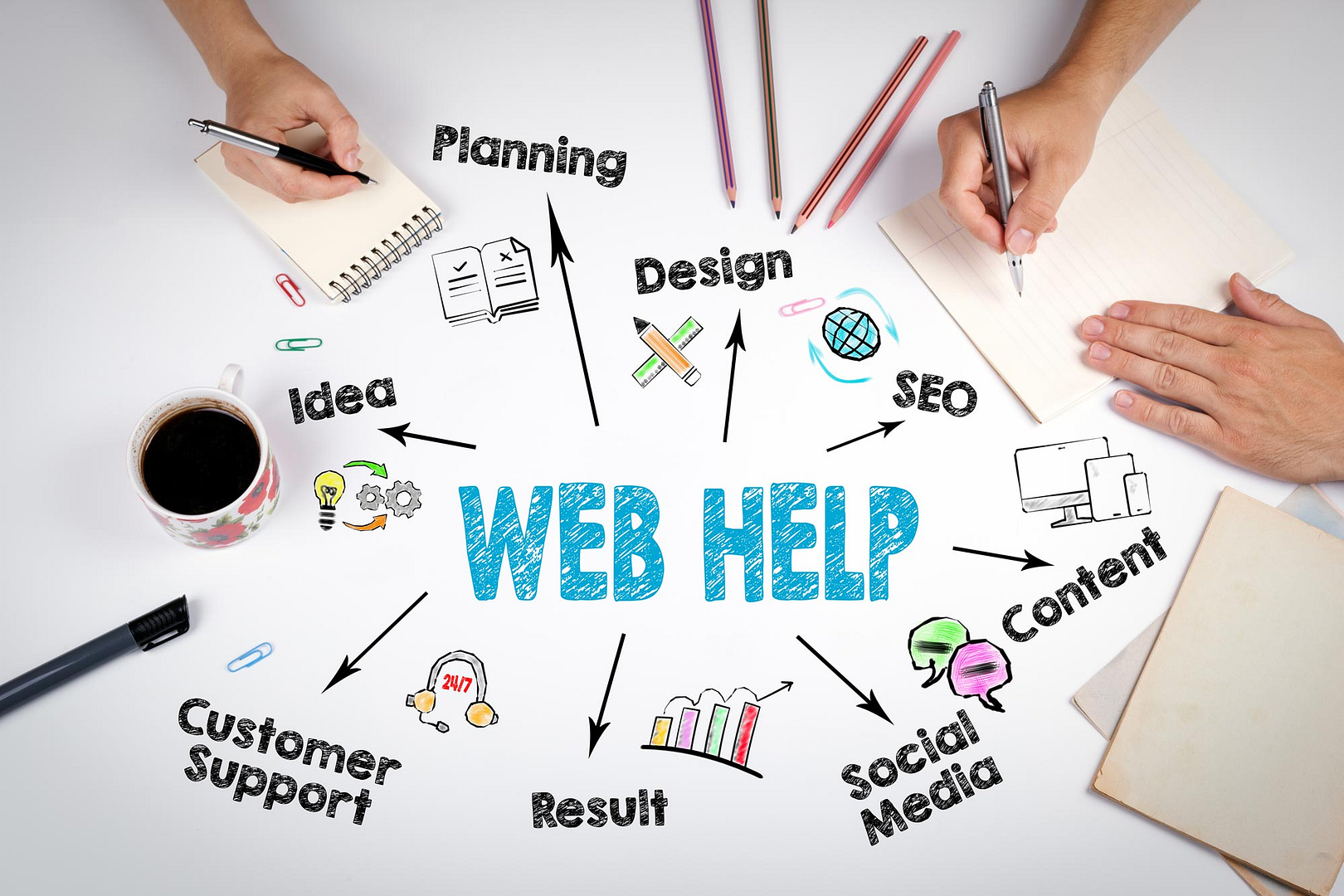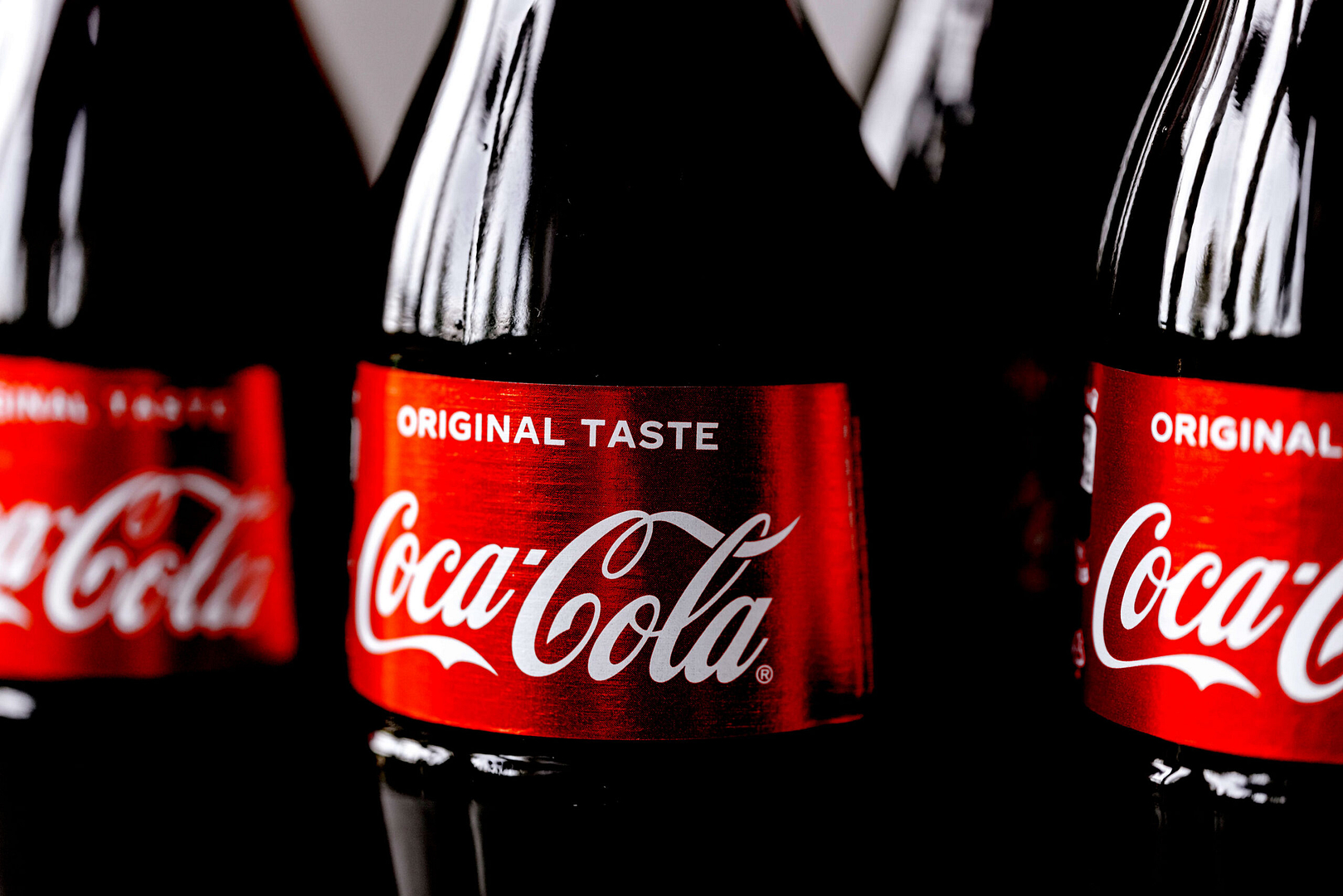Why Is Colour Important And How Does It Influence Consumers?
Table of contents
1. Unravelling the Power of Colour: Exploring its Impact on Consumer Behaviour
2. Understanding the Dynamics of Colour and Consumer Behaviour
3. Leveraging Colour Psychology in Marketing Strategies
4. Harnessing Colour to Evoke Emotions and Forge Brand Connections
5. Crafting Brand Identity through Strategic Colour Selection
6. Conclusion
1. Unravelling the Power of Colour: Exploring its Impact on Consumer Behaviour
In the dynamic and ever-evolving landscape of marketing, the significance of colour transcends mere visual aesthetics—it serves as a potent catalyst for shaping consumer behaviour and influencing brand perception. From the moment consumers encounter a brand’s messaging to their interactions with products and services, the strategic use of colour in branding design permeates every touchpoint of the customer journey, leaving an indelible imprint on their subconscious minds.
Whether it’s the arresting hues adorning shopfronts, the harmonious colour schemes of digital interfaces, or the carefully curated palette of product packaging, each colour choice is imbued with the power to evoke emotions, trigger associations, and ultimately drive purchasing decisions. Thus, the selection of colours for retail spaces, brand identities, and packaging materials is far from arbitrary; it’s a strategic endeavour aimed at eliciting specific responses and fostering meaningful connections with consumers.
Through a nuanced understanding of colour psychology and its implications for consumer behaviour, marketers can harness the transformative power of colour to create immersive brand experiences, cultivate trust, and forge lasting relationships with their target audience.
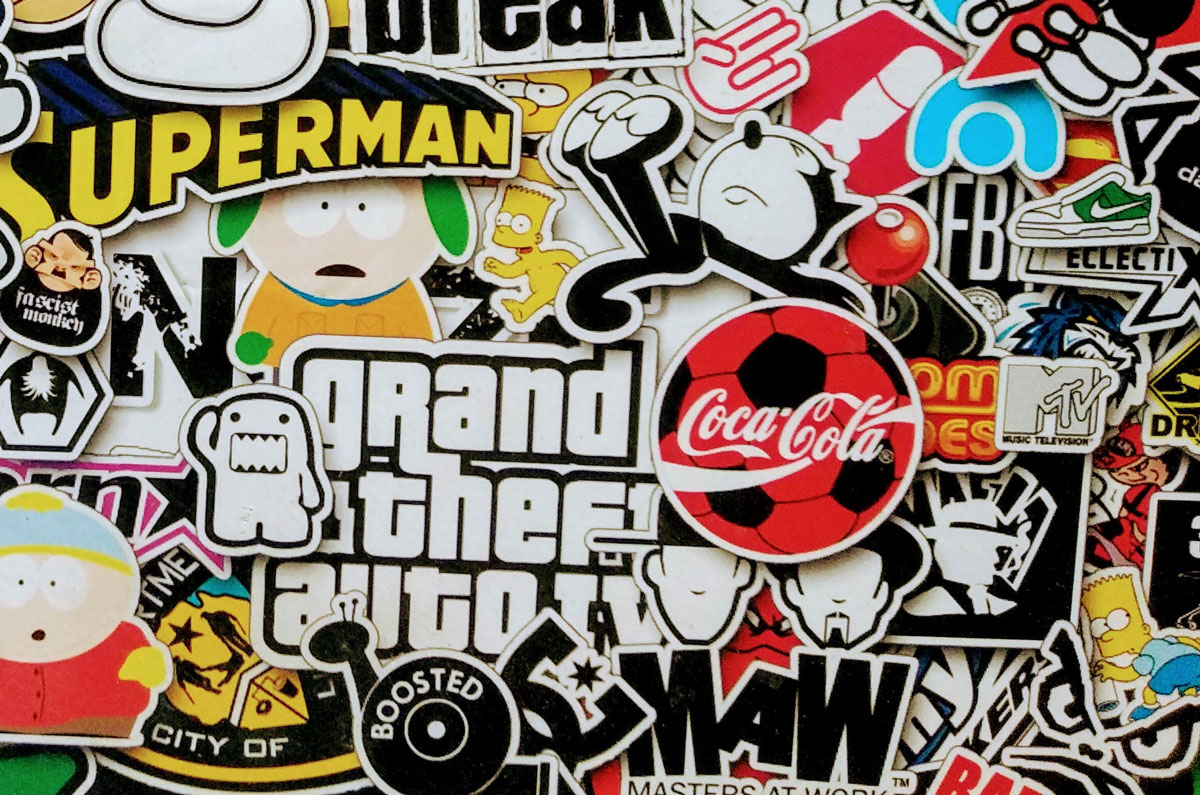
2. Understanding the Dynamics of Colour and Consumer Behavior
The interplay between colour and consumer behaviour is a nuanced and multifaceted phenomenon, deeply rooted in psychology and individual experiences. Colours evoke emotional responses and shape perceptions in ways that are both universal and deeply personal.
Take the colour blue, for instance. Universally perceived as calming and trustworthy, it often elicits positive reactions from individuals. This positive association with blue can be attributed to evolutionary factors, where our ancestors regarded the colour as indicative of clear skies or pristine water sources.
However, the impact of colour extends beyond universal perceptions, delving into the realm of individual experiences. Even colours deemed universally favourable can trigger negative emotions based on personal associations, underscoring the intricate relationship between colour and perception.
3. Leveraging Colour Psychology in Marketing Strategies
Marketers keenly understand the pivotal role of colour psychology in shaping brand identity and consumer behaviour. Selecting the appropriate colour palette for a brand or product is a strategic decision aimed at resonating with the target audience and influencing purchase decisions on a subconscious level.
For instance, a company specialising in sugary confections would instinctively opt for vibrant hues like red, which evoke notions of sweetness and indulgence. Conversely, subdued tones such as navy blue might be employed to evoke a sense of sophistication and fiscal prudence.
Research corroborates the notion that colour choice profoundly impacts consumer behaviour. Studies have shown that the strategic use of colours like red can stimulate impulse purchases, while hues like navy blue engender a more contemplative and budget-conscious buying mindset.
4. Harnessing Colour to Evoke Emotions and Forge Brand Connections
Beyond its transactional implications, colour exerts a profound influence on buyer moods and emotions, thereby fostering deeper connections between brands and consumers. By leveraging insights from qualitative market research, brands can harness the emotive power of colour to craft compelling narratives and resonate with their target audience on a visceral level.
Consider the emotional resonance evoked by colours such as red and yellow. Red, with its associations of urgency and vitality, elicits a sense of excitement and dynamism. In contrast, yellow exudes optimism and warmth. When used synergistically, these colours narrate a story that captivates consumers on an emotional journey, fostering brand loyalty and influencing purchasing behaviour.
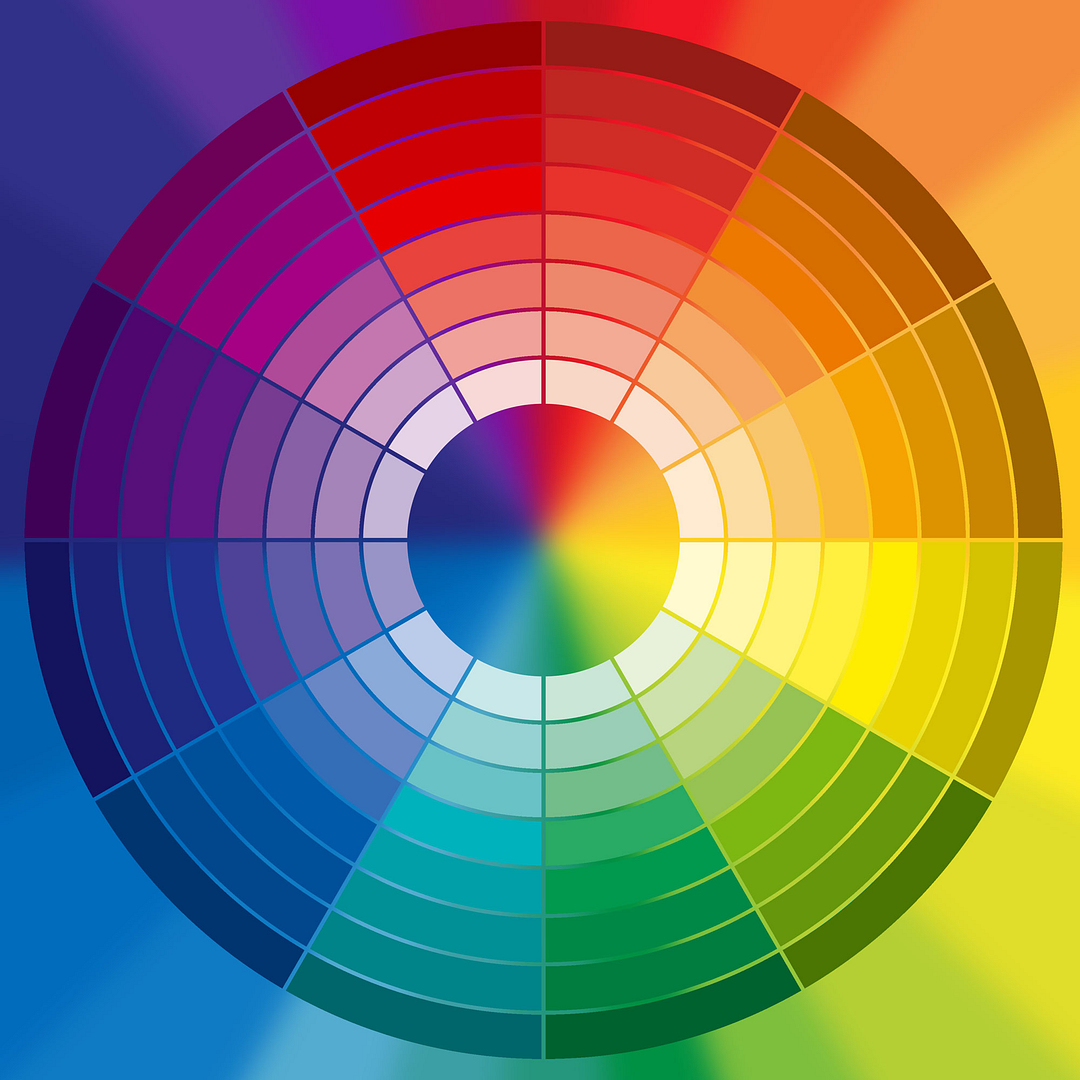
5. Crafting Brand Identity through Strategic Colour Selection
In a landscape where visual appeal reigns supreme, the strategic use of colour in branding and website design is paramount in building brand awareness and differentiation. Research indicates that a staggering 93% of consumers prioritise visual appearance when making purchasing decisions, underscoring the critical role of colour in shaping brand perceptions.
Brands that adeptly harness the power of colour combinations can convey nuanced messages about their products and values. For instance, the combination of white, green, and blue evokes sentiments of trust and reliability, while black, green, and blue connote security and dependability.
By meticulously orchestrating colour palettes to align with brand messaging and consumer preferences, brands can carve a distinct identity in the marketplace and foster enduring connections with their audience.
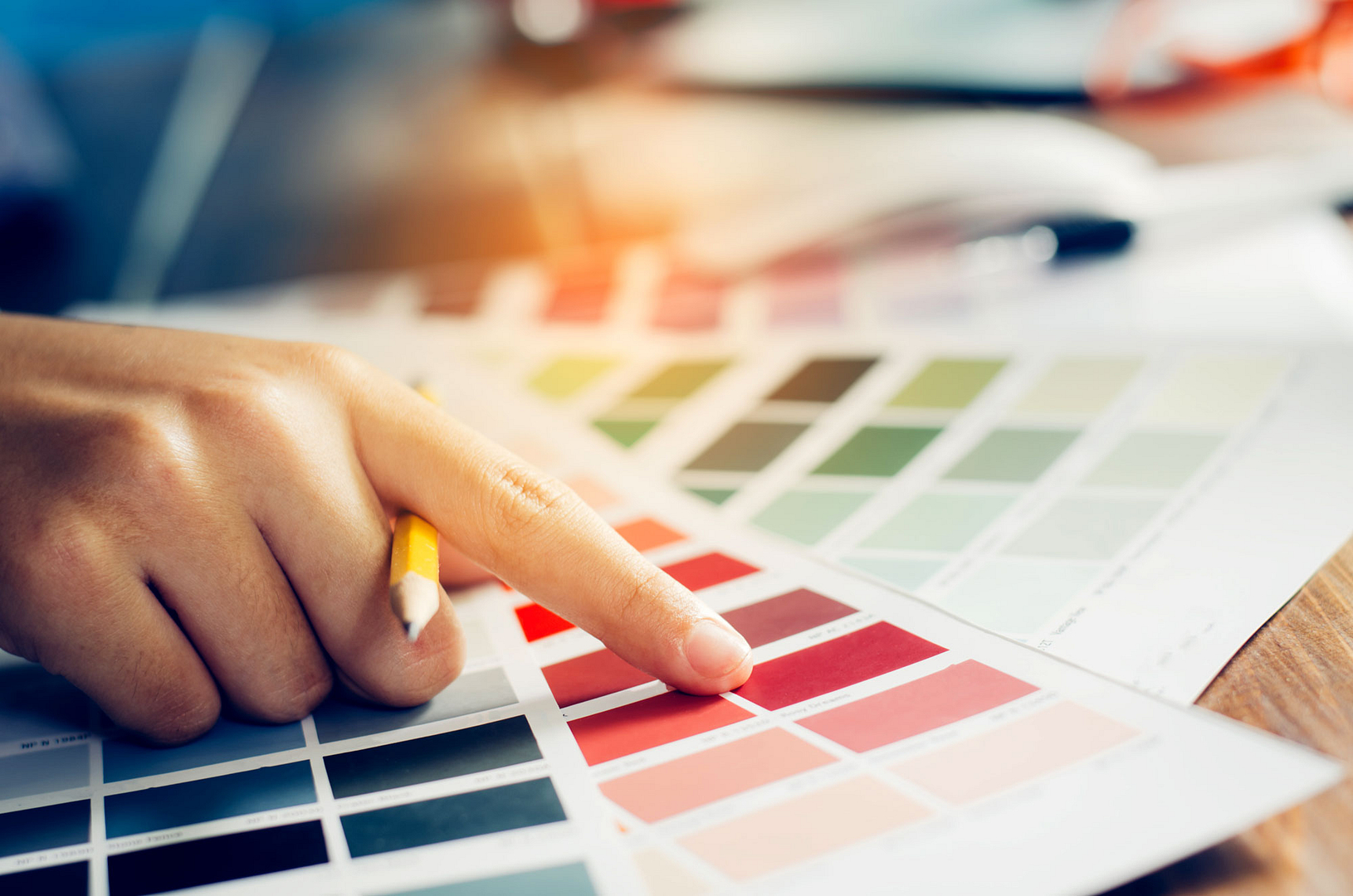
7. Conclusion
In the dynamic landscape of modern marketing, where consumer preferences and trends evolve rapidly, colour emerges not just as a visual element but as a powerful strategic tool that can wield considerable influence over consumer behaviour and brand perception. Working with a design agency who have a deep understanding of colour psychology and its profound impact on human emotions and cognition, can help brands unlock a myriad of opportunities to connect with their audiences on a deeper, more meaningful level.
By harnessing the evocative power of colour in their marketing strategies, brands can cultivate strong emotional connections, instil trust, and differentiate themselves in competitive markets. From the vibrant hues that adorn product packaging to the harmonious colour schemes of digital platforms, every colour choice represents a deliberate effort to evoke specific feelings and associations in consumers’ minds.
By leveraging qualitative insights and staying attuned to shifting consumer preferences, brands can effectively leverage colour as a catalyst for driving engagement, fostering loyalty, and ultimately, achieving long-term business success in an ever-evolving marketplace.
What Is Website Design And Why Is It Important?
Table of contents
1. What Is Website Design And Why Is It Important?
2. First Impressions Matter
3. Boosts Your SEO Strategy
4. Crafting an experience for Exceptional Customer Service
5. Fostering Trust with Your Audience
6. Staying Competitive in a Digital Landscape
7. Establishing Brand Consistency for Lasting Impressions
1. What Is Website Design And Why Is It Important?
In a world where time is of the essence, a staggering 66 percent of people, when given just 15 minutes to consume content, express a preference for visually appealing designs over plain and simple layouts. Your website’s design isn’t just about aesthetics; it plays a pivotal role in establishing your online marketing presence. To craft a more effective website for your business, it’s crucial to grasp the importance of web design.
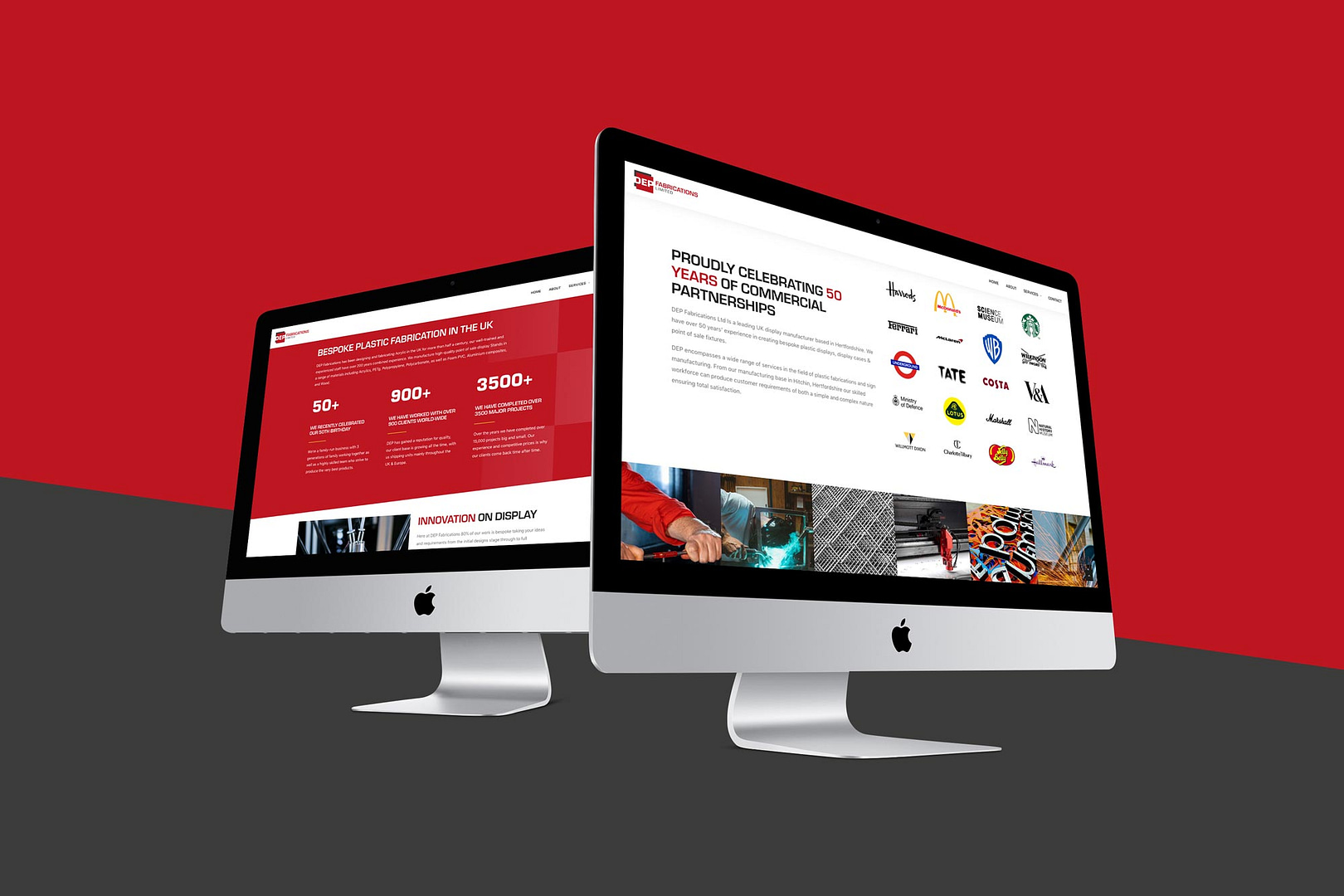
2. First Impressions Matter
When visitors land on your website, it serves as their initial encounter with your business. Impressions are formed within seconds, making it imperative to create a positive impact during this brief window. An unattractive or outdated website design can swiftly lead to a negative perception of your business. If your site fails to captivate, you risk losing potential leads to competitors.
3. Boosts Your SEO Strategy
Numerous elements and practices in website design directly impact how you present content on your site, subsequently influencing the way search engine spiders crawl and index your pages. Recognising the interplay between web design and SEO is crucial. To avoid an uphill battle for visibility, it’s a good idea to partner with an experienced design agency who specialise in this area. It’s essential to have impeccable on-page SEO fundamentals because beyond content presentation, specific web design elements directly affect SEO.
For those unfamiliar with the intricacies, a straightforward rule applies: your code needs to be SEO-friendly. Engaging a web design agency that integrates SEO services into its offerings is a prudent step to ensure optimal web design practices and enhanced search engine visibility.
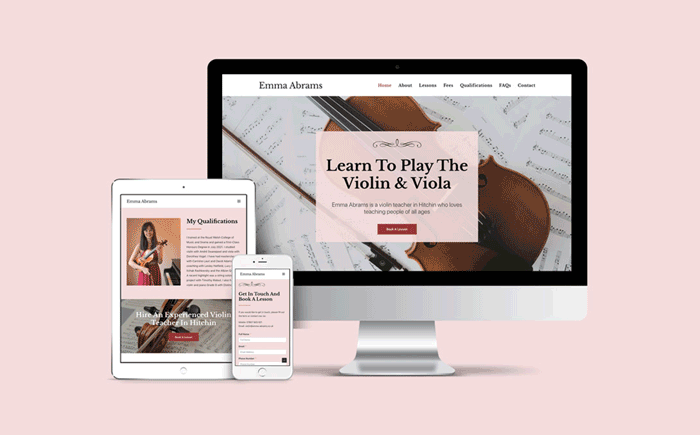
4. Crafting an experience for Exceptional Customer Service
Your website speaks volumes about how you approach customer service. Visitors assess how they’ll be treated based on the visual appeal and functionality of your site. The design offers valuable insights into your perception of the audience, signalling whether you’re willing to invest effort in assisting them.
Consider your website as a virtual customer service representative. A bright, modern, and inviting design creates a welcoming atmosphere, signalling to your audience that they are valued visitors. It conveys an openness to newcomers and fosters a positive experience on your page.
Conversely, an outdated and unattractive website sends a stark message about your business—appearing distant and uninterested. For a business to thrive, it’s crucial to recognise that people are less inclined to explore a website that doesn’t prioritise making a favourable first impression.
Think of your web design as the digital face of your business. Just as you would want a friendly face to greet visitors at your physical location, an updated and modern web design serves as the online equivalent of extending a warm welcome to your new virtual visitors. Stay tuned as we delve further into the pivotal role of web design in shaping perceptions and fostering positive user experiences.
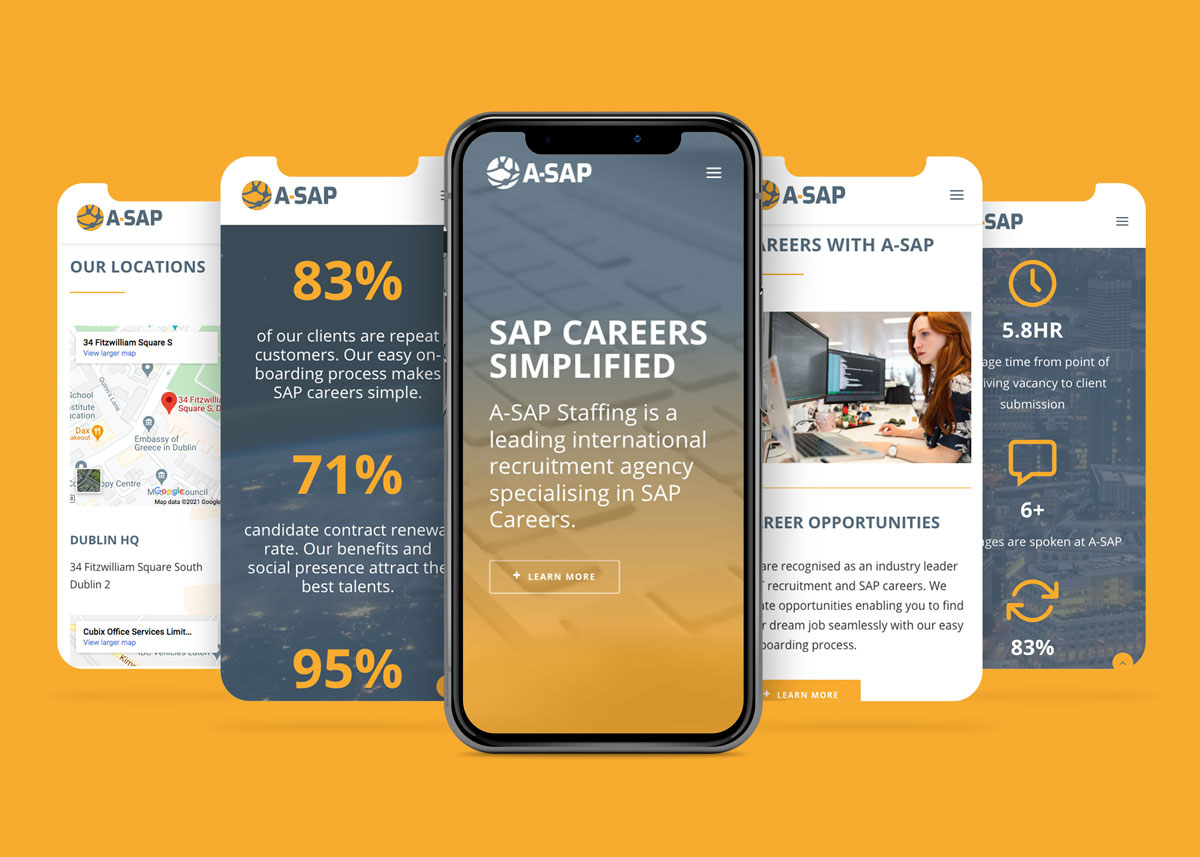
5. Fostering Trust with Your Audience
Trust is a currency that poorly designed websites struggle to earn. A dated appearance or outdated information can lead visitors to question the reliability of your site, potentially perceiving it as untrustworthy or dubious due to the lack of an updated web design.
Consider a scenario where a prospective client is seeking a manufacturing company for a substantial bulk order. In such cases, the significance of a trustworthy manufacturing website design cannot be overstated. A poorly designed site might drive them away to a competitor, jeopardizing potential lucrative deals.
Conversely, a professionally designed website serves as a testament to trustworthiness. It instils confidence in your audience, encouraging them to explore your business further. Building trust is essential to keeping visitors on your site for longer durations, creating ample opportunities to convert leads.
6. Staying Competitive in a Digital Landscape
An undeniable reason why web design holds paramount importance is simple yet powerful—your competitors are already leveraging it. To remain in the competitive arena, adopting effective web design practices is not just advisable; it’s imperative.
Consider your website as the battleground where businesses vie for attention. An outdated, low-quality website positions you at a disadvantage, allowing competitors with well-designed sites to outperform you. Their visually appealing websites draw more leads, potentially leaving your business in the shadows.
Your website’s design is a unique opportunity to distinguish your business from the competition. In a landscape where services and pricing often align, a standout web design becomes the defining factor that sets your business apart. Stay tuned as we unravel more insights into the strategic advantages of embracing web design for your online success.
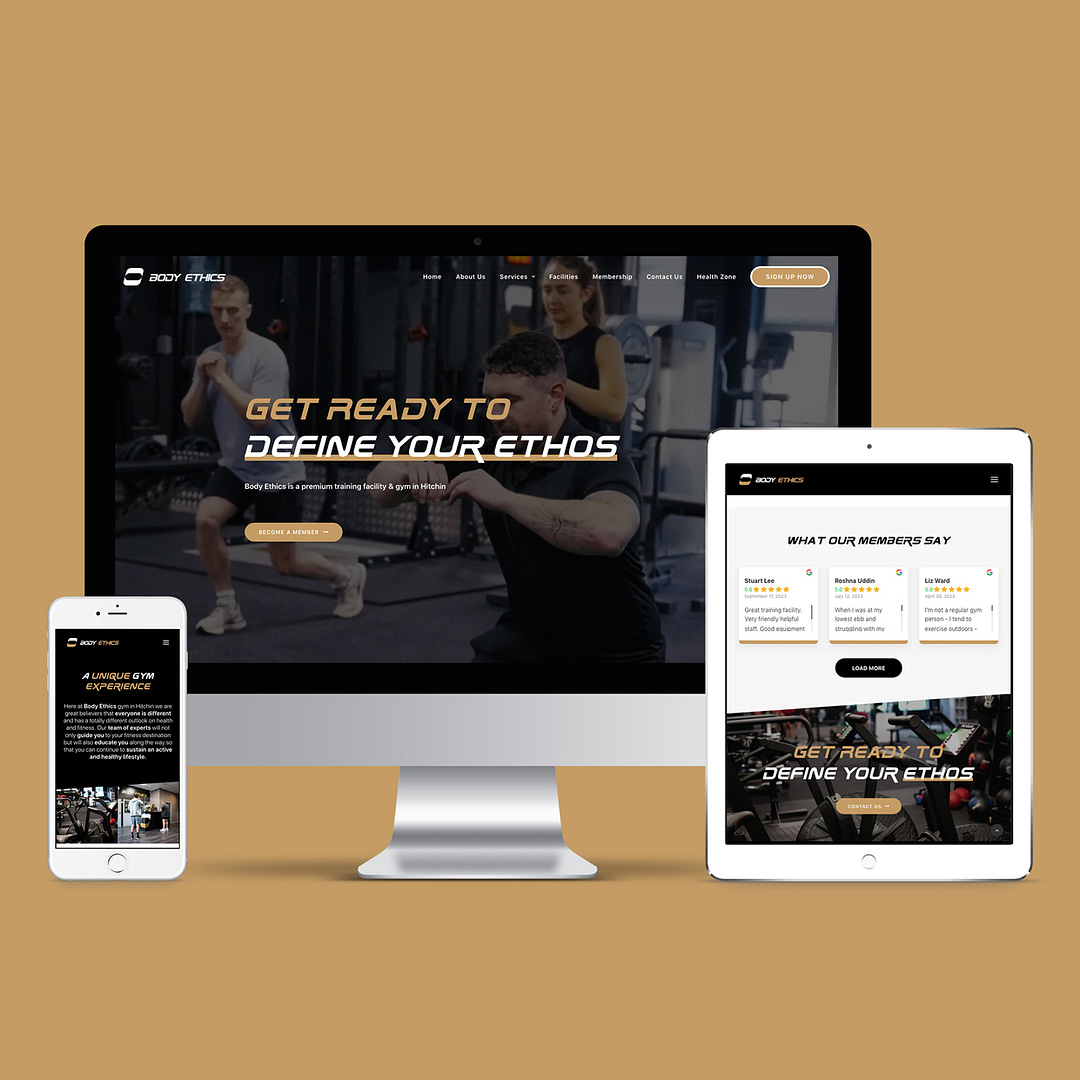
7. Establishing Brand Consistency for Lasting Impressions
In the pursuit of acquiring new leads for your business, the cultivation of a strong brand design is paramount. To ensure that your audience becomes intimately acquainted with your brand, fostering consistency across your online presence is crucial.
The significance of web design comes into play as it facilitates the creation of a cohesive and uniform experience throughout your website. Consistency in fonts, styles, and layouts across every page is imperative. Divergent designs on different pages not only diminish the professional appearance of your site but also pose challenges in building brand recognition. Without a consistent visual identity, your audience may struggle to associate specific colours or elements with your brand.
A website that lacks consistency may drive visitors away to competitors with a more polished and unified online presentation. Establishing visual coherence not only retains leads on your page but also familiarizes them with your business. This strategic move lays the foundation for earning more leads and conversions in the future, underscoring the importance of redesigning your site with this key element in mind. Stay tuned for further insights into the transformative impact of web design on brand recognition and audience engagement.
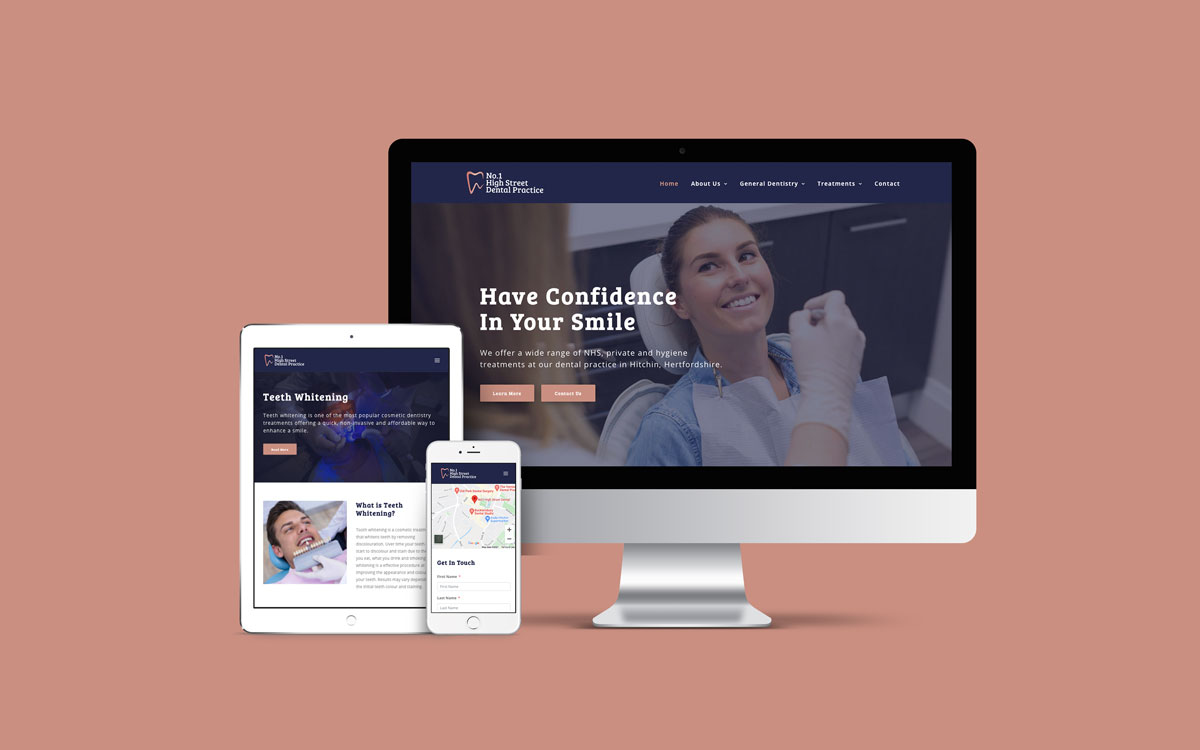
England Football’s Three Lions Redesign Controversy Explained
Table of contents
1. Three Lions Redesign Controversy Explained
2. The new Grassroots brand
3. Tackling the diversity issue
4. Star-Studded All Inclusive Video
5. A story told through symbols
6. Examining The Three Lions Redesign
7. A bit of English History
8. Trouble in paradise
9. What Did They Achieve?
Football’s Three Lions Redesign Controversy Explained
You may have seen in the news that the Football Association’s three lions redesign caused something of a stir amongst football fans recently. This new branding design became the subject of controversy as the three male lions of the original crest were replaced with a lion, lioness, and lion cub.
Some of the more vocal fans took to Twitter to express their anger at what they felt was a replacement for a key part of their national heritage while others aimed their frustration at what they felt was an effort to make the logo more “woke.”
But once the dust settled on the histrionics it became quickly apparent that all the fuss had been over a misunderstanding. The original three lions crest wasn’t going anywhere and the three lions redesign was part of a new platform launched by the Football Association called England Football and the new logo will appear alongside the original England badge.
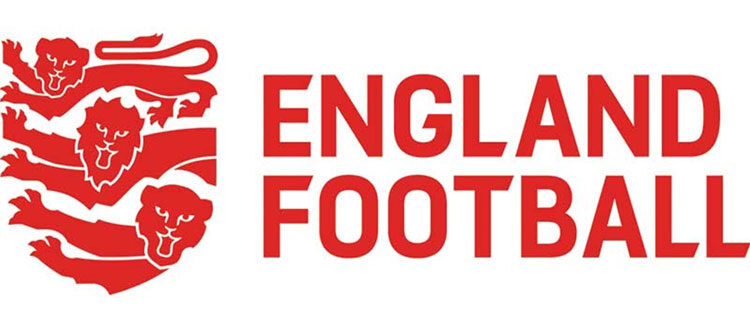
The new Grassroots brand
England Football is the consumer-facing brand of the Football Association and their aim is to represent and champion grassroots football as well as the fans and volunteers. The project, which has been 18 months in the works, aims to be a one-stop shop for all things football in the UK.
Community football initiatives like McDonald’s Superkicks, BT Playmaker and others will all be featured on the England Football site and the Find Football feature seeks to help in connecting people with football opportunities near them.
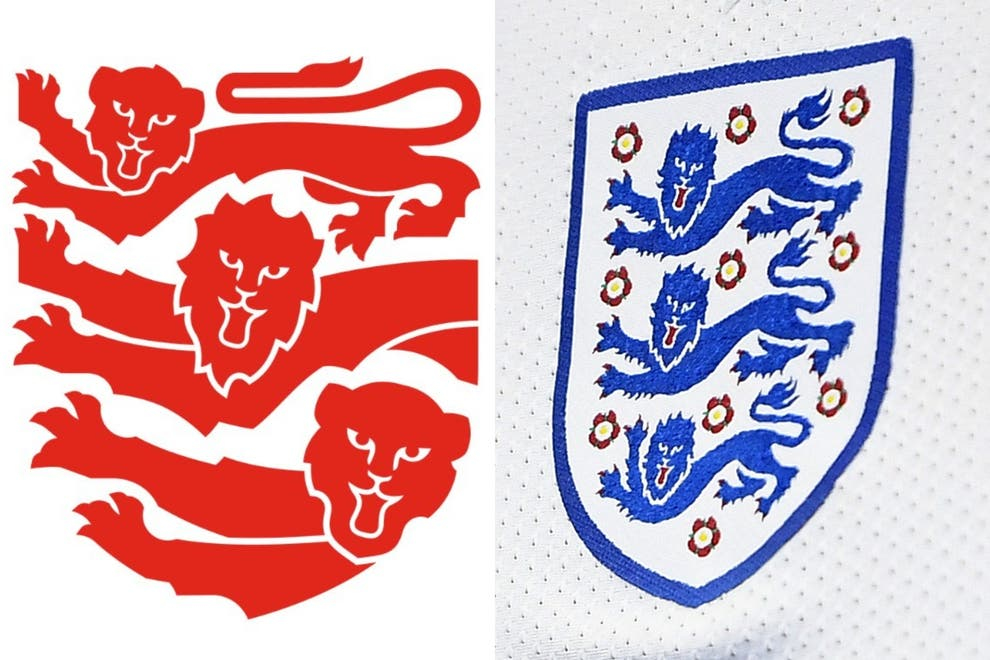
Tackling the diversity issue
The ugly face of racism is still an issue in world football, with a number of high profile cases making the news and the England team taking the knee in solidarity with all races and creeds involved in the game. England football authorities are keen to show a united front in the fight to eradicate it for good.
As the England logo suggests, diversity and inclusivity are key to their message and they aim to bring football to people from all demographics. Included on their site are ways to find disabled football programmes such as blind football and powerchair football.
The initiative also features the My England Football free-to-join rewards programme as a way to recognise their fans with “money-can’t-buy” benefits and exclusive offers like meeting footballers and the chance to play at Wembley Arena.
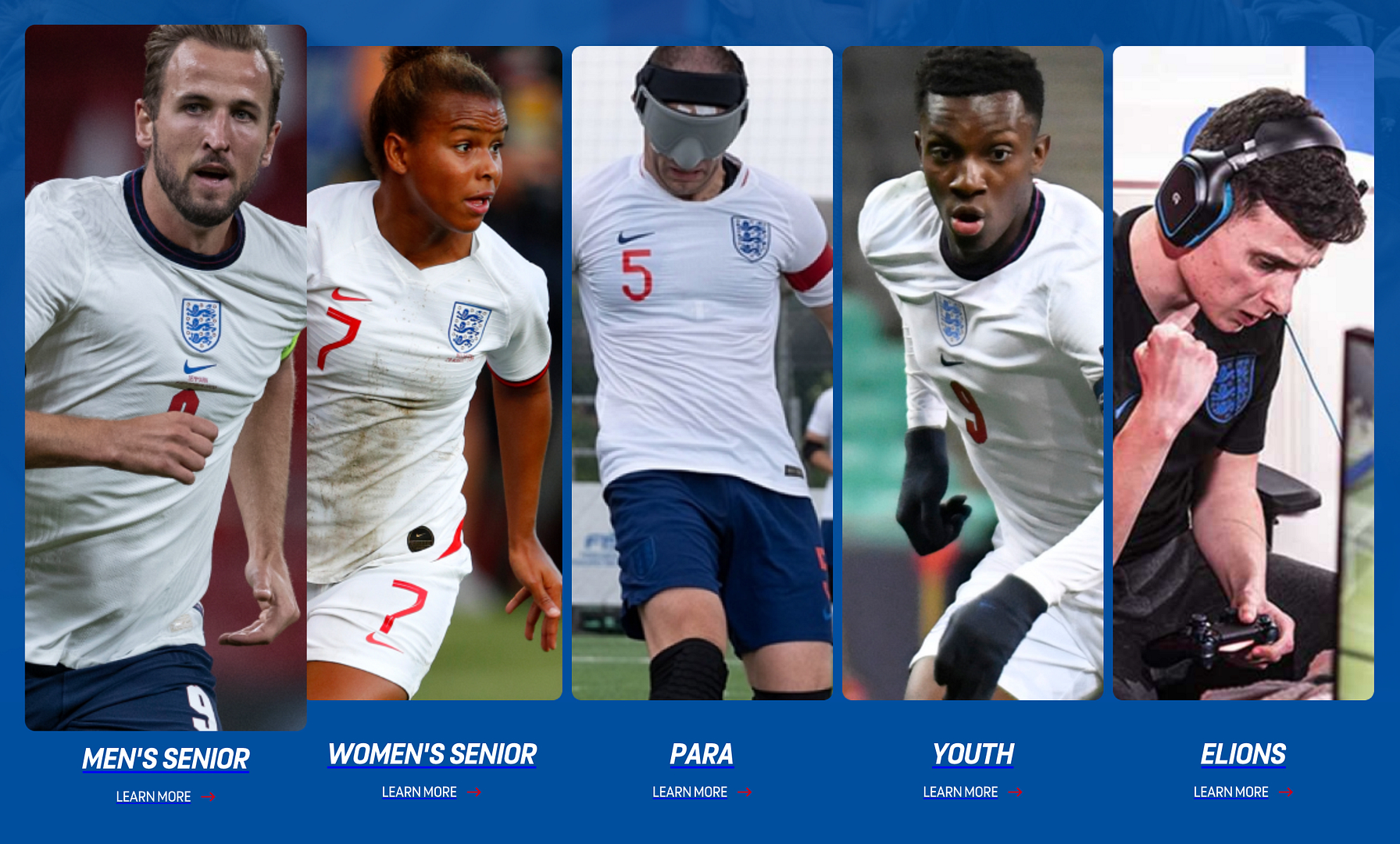
Star-Studded All Inclusive Video
Along with their new website and England badge redesign, a promotional video made by COPA90 was also released. The video further emphasises the message of celebrating the diversity of football, with footage of players and fans from all colours, creeds and backgrounds being featured. Big names like Azeem Amir, Demi Stokes, Harry Kane, Lucy Bronze, and Marcus Rashford all feature in the video with the line “There’s no football without them all” being used.
Also shown on the video is football being played by children, people on crutches and in wheelchairs and fans and supporters are also acknowledged with shots of jubilant crowds and parents taking their children to football practice. In fact, even a gamer playing FIFA makes the cut with everyone included in the statement “We are a team of millions”.
A story told through symbols
The three lions redesign was made by creative agency MATTA to reflect the FA’s goal of uniting people through football with the male lion, lioness, and lion cub representing men’s, women’s, and children’s football clubs.
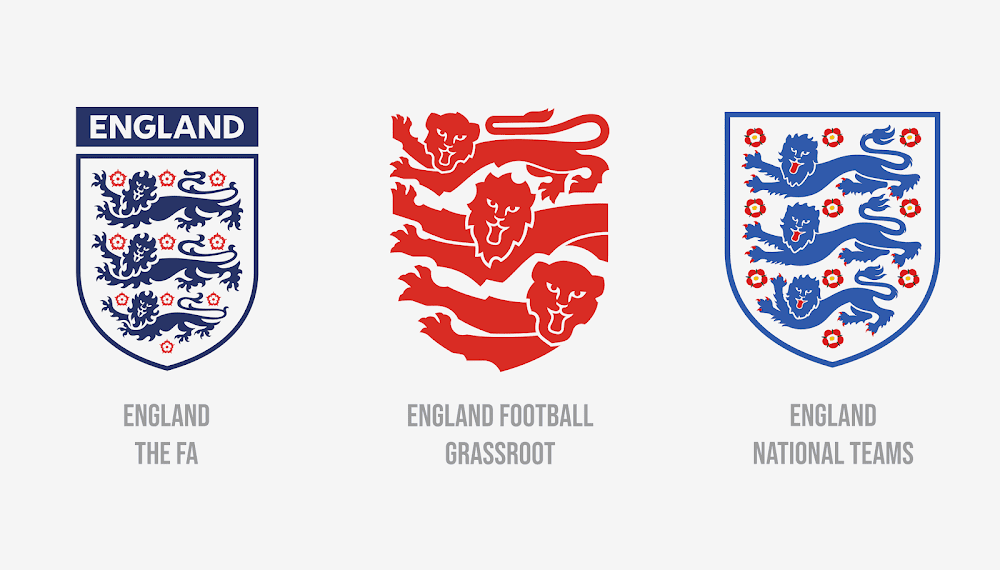
Examining The Three Lions Redesign
Other than the obvious changes to the lions, there are many more subtle design elements that speak to England Football’s message. For example, the England Football logo has had the shield outline removed. The edges of the shield are now formed by the lions themselves, symbolising their independence to form their own shield and rely on their own strength.
Louis Swann, Creative Director for MATTA says this was done as a “visual way to show that football can break boundaries.” Remaining consistent with the rest of the FA’s wider branding design, the new badge makes use of the same “striking red colour” and similar lettering.
As the design will be appearing alongside the original England badge, this makes sense aesthetically but also on a symbolic level, as this speaks to the cohesion between the elite and grassroots clubs.
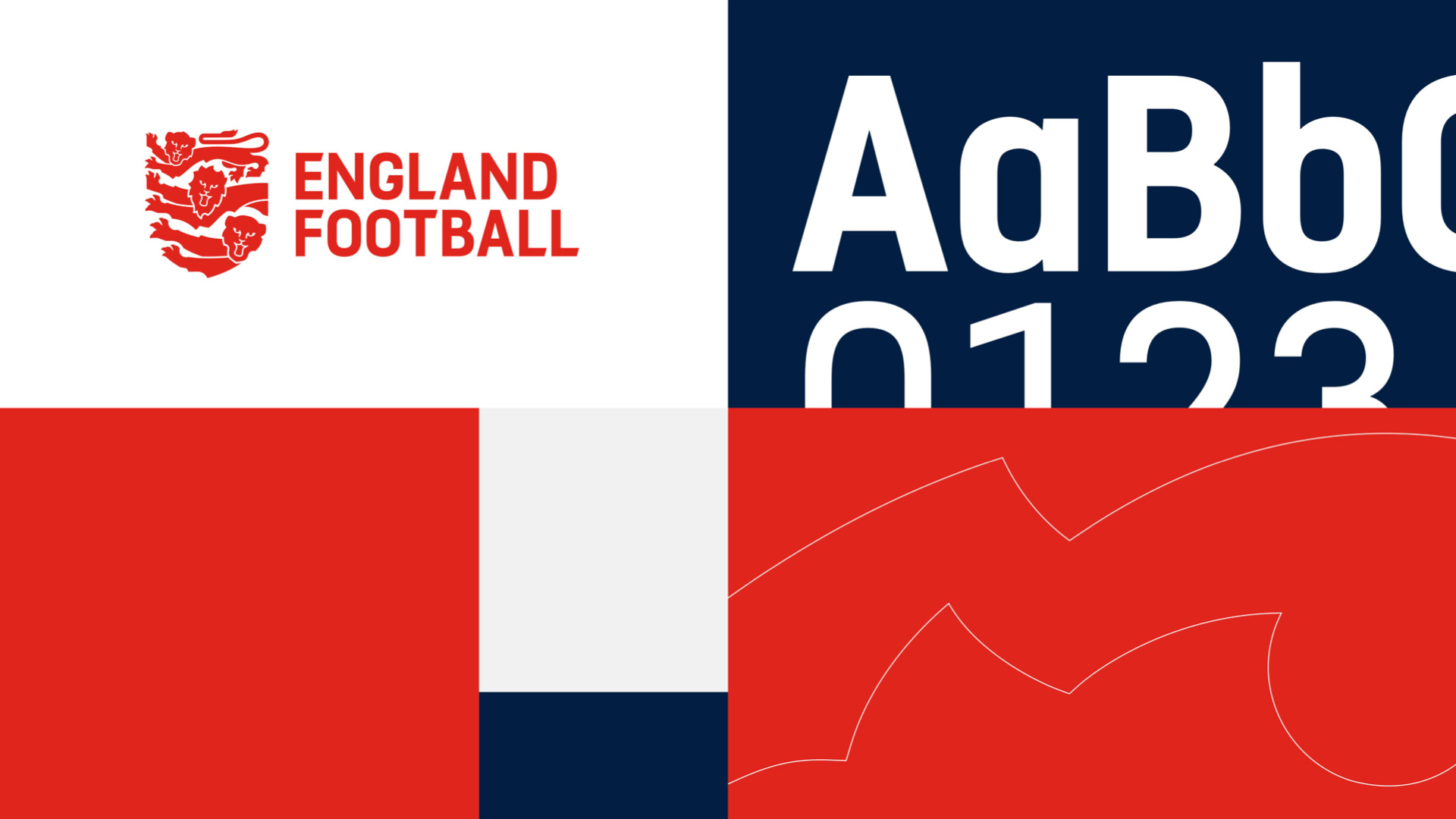
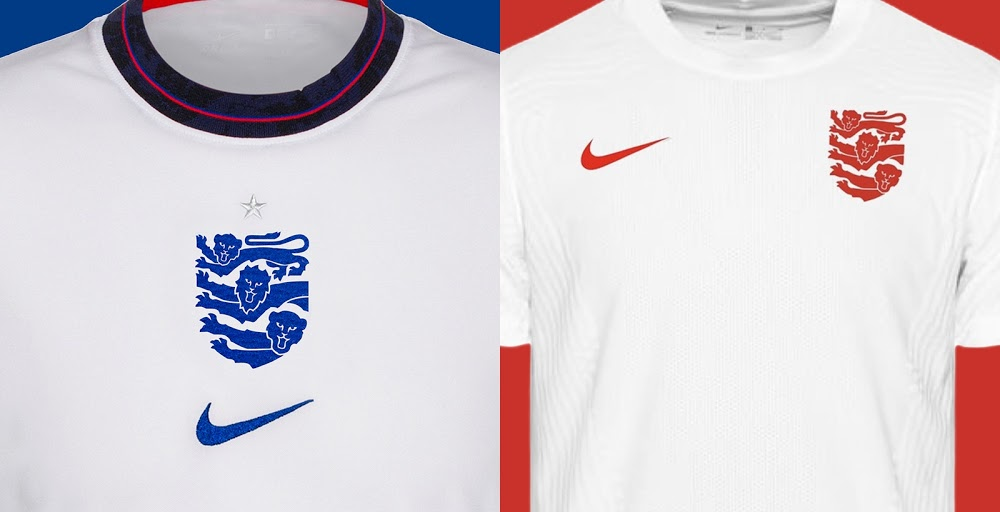
A bit of English History
The red colouring is also reminiscent of the original coat of arms that the FA crest is based on. The lion emblem dates back to the 12th century when it was carried into battle as a banner of arms. King Henry I was supposedly the first to have a lion on his coat of arms, with the second lion being added when he married Adeliza de Louvain, whose family crest also featured a lion.
Some years later, Henry II would add a third lion on his marriage to Eleanor of Aquitaine who also came from a family with a lion crest.
The England Football logo’s use of red is more consistent with the original red and gold emblem and, according to Swann, with the 45-degree angle of the lions’ heads representing the curvature of a shield. In this way, it not only pays homage to the three lions’ use in football but also as a national emblem, showing a respect for the history of the sport and the country while also acknowledging that the underrepresented have been a part of it all along.
Swann said that while they aimed to show a modernised rendition of the logo, they didn’t want to take it “too far.” He also acknowledged that it was a risky move to make changes to such a beloved and long-standing emblem, stating that when it came to “iconic” logos such as these “you touch them at your peril.”
Trouble in paradise
With the launch of England Football’s new brand and website design, the FA aims yet again to tackle the persistent inequality and prejudice in football. Reports have shown two-thirds of female footballers reporting discrimination and the issue of equal pay remains contentious. Black footballers continue to be subject to racist abuse and homophobia is still an issue in the sport, as openly gay professional footballers are few and far between.
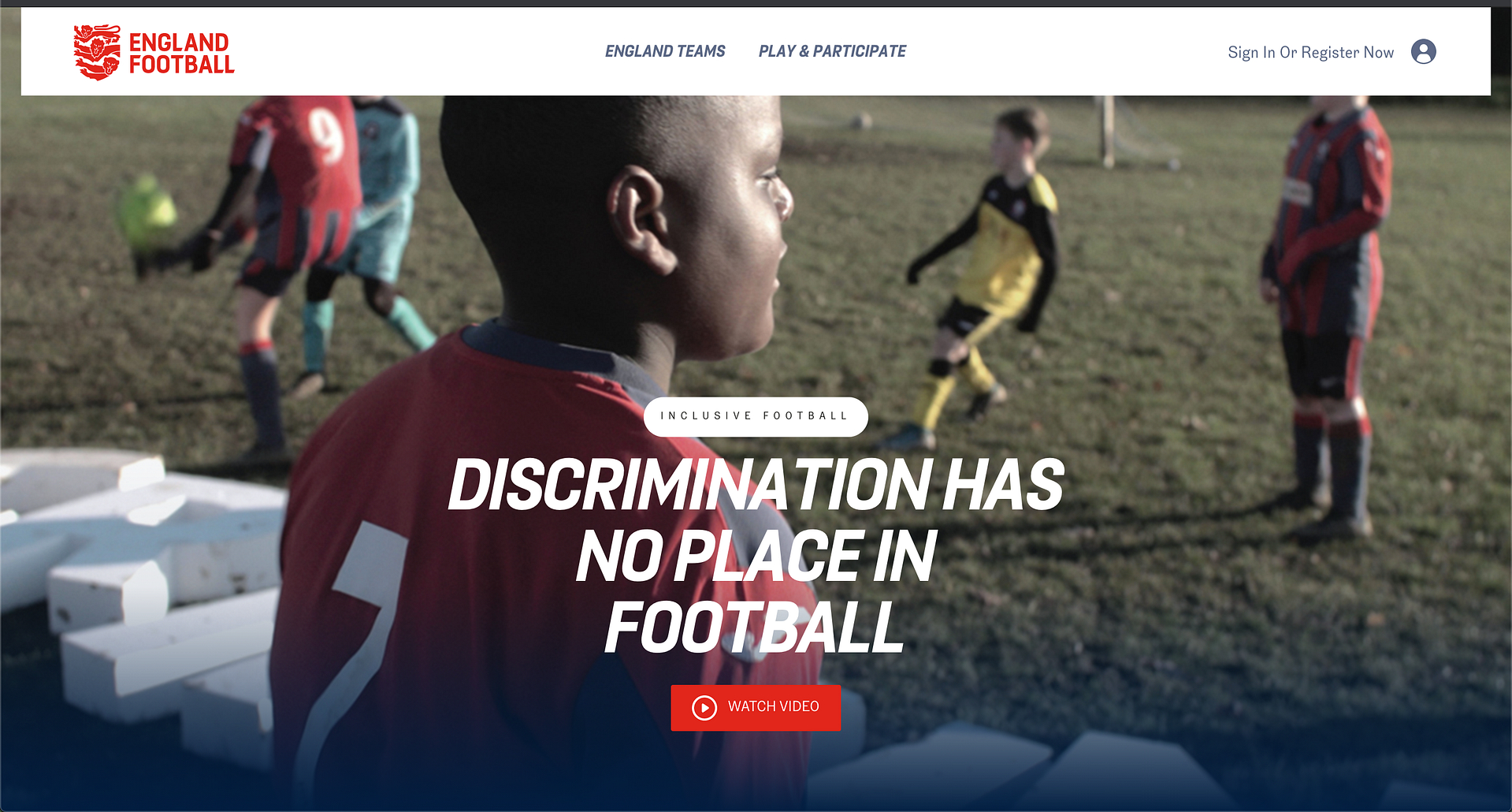
So What Did They Achieve?
The outrage over the three lions redesign can be interpreted in a few different ways. Perhaps, in keeping with the theme of overturning long-standing prejudice, it’s appropriate that the move be met with controversy – even if it is misplaced. Some might say that to move the sport forward it is unavoidable and even necessary to ruffle the feathers of those that are holding it back.
Conversely, it could be argued that the outrage stems from the perception that the move is tokenistic. For many, corporate involvement in social issues all too often rings hollow and feels like a tepid effort to achieve the bare minimum. Think of the disastrous Pepsi advert with Kendall Jenner walking through a protest to hand a can of Pepsi to a police officer.
While opinions on the logo and initiative will vary from person to person, this remains a powerful example of the significance of branding, of how much can be said with a simple image, and how much fervent dedication can be inspired by an emblem over centuries.
What is Logo Design and what makes a great one?
WHAT IS LOGO DESIGN?
With the average person likely to be exposed to around 5,000 adverts a day, without knowing it, you’re probably more attuned to what a logo design is than you think. But, to put it simply, a logo represents a brand and can usually standalone without text….
Picture two golden-yellow arches forming a large M, a tick with a sharp upward facing end or a black apple shaped icon with a clean bite taken out of it. Did you think of the brands McDonalds, Nike and Apple? If you did, you’re right. If you didn’t, I’m surprised you managed to avoid making the connection.
The point is, a logo design can often be an abstract object, yet still signify a brand on its own, in any context.
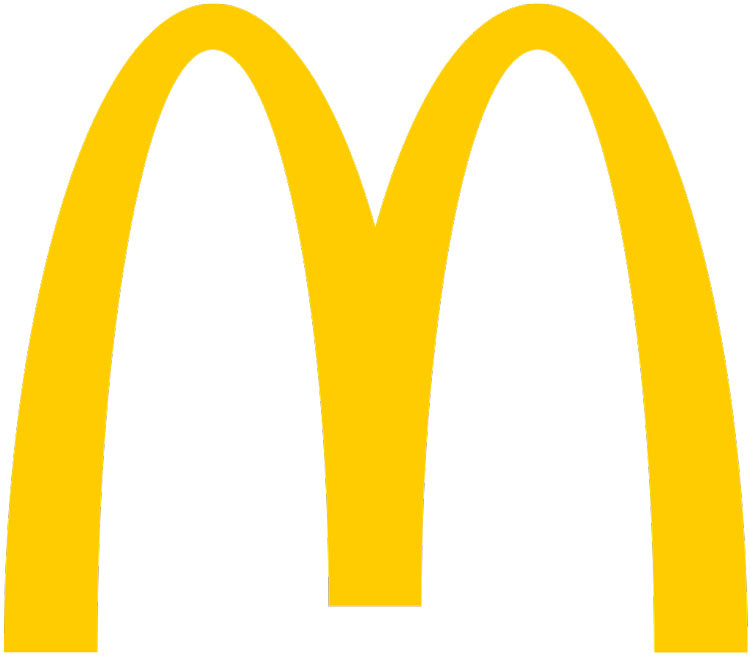
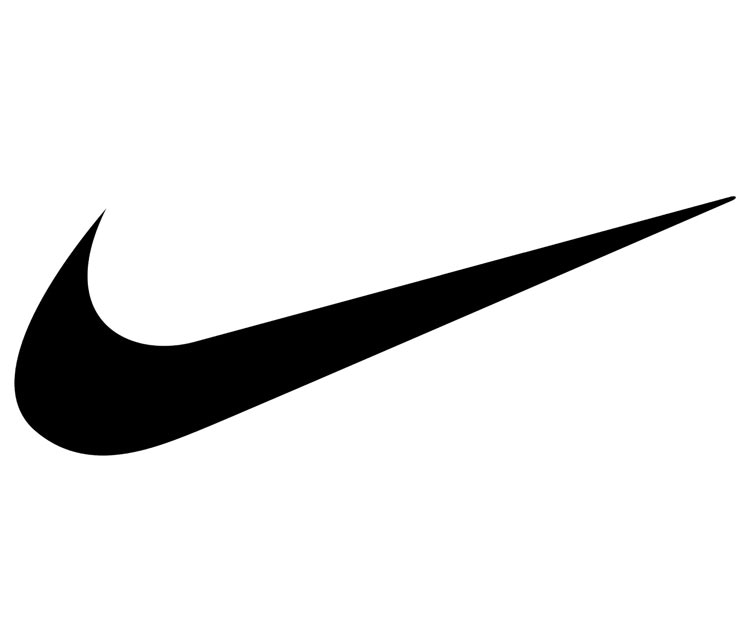
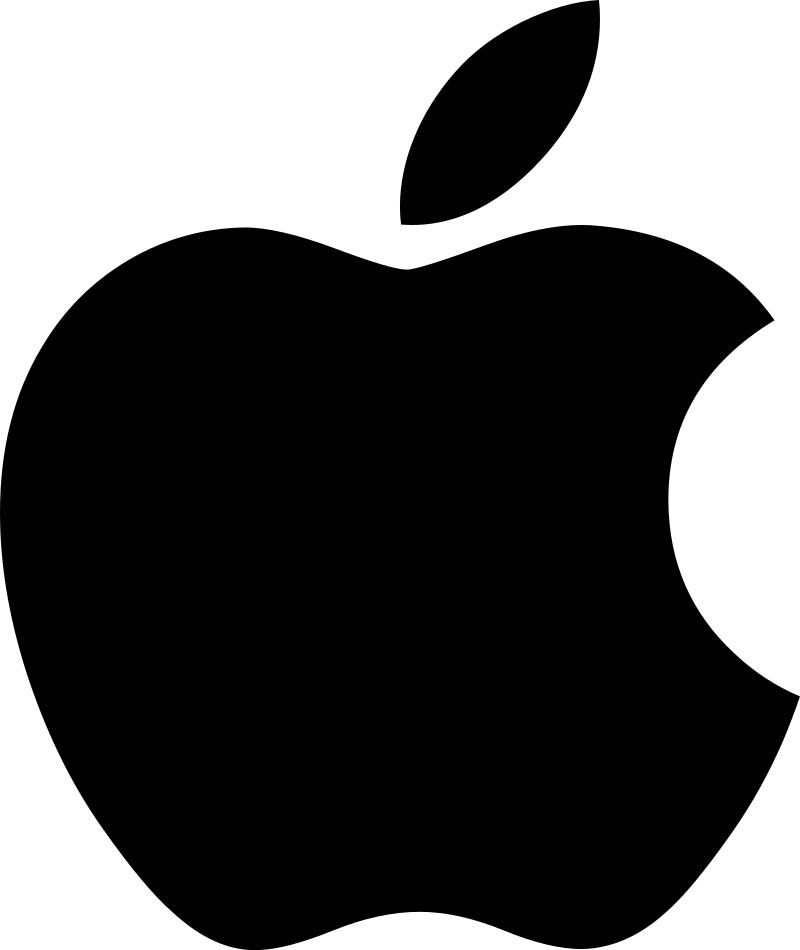
WHAT DOES A LOGO DO?
As highlighted in the examples above, a logo design makes your brand memorable, creates a good first impression and helps to differentiate you from your competitors. But not only that, a logo design can help your audience build trust in your brand – Resulting in increased brand loyalty, engagement and repeat custom.
Here’s another example, let’s say you wanted to buy a famous pair of Nike trainers, and you head down to your local shop. You see a pair that you like, but the famous tick is no where to be seen – not on the shoe, the shoebox or anywhere on the product. Would you buy them? The chances are low.
Logo have become so intrinsic to the products that without them, trust is broken. A memorable logo design is a sign of quality and it builds trust with your audience by associating your logo with the amazing products and services you provide. Looking at the ‘Apple’ logo design for example, you automatically associate the brand with being market leaders that craft beautiful, smartphones, tablets and computers of the highest quality.
Logo designs are also the foundations to expand your brand identity. Going back to the Nike example, there have been many occasions where the famous tick has been fashioned into different colours and used creatively in advertisements or on the products themselves – and that’s without even mentioning the ‘Just do it’ tagline.
"Logos are a graphic extension of the internal realities of a company."
- Saul Bas
So what makes a great logo Design?
Now you know what a logo is and it’s primary functions, let’s take a look at what makes a good one. Here are the main elements to concentrate on when designing a logo.
Typography
In essence, this is the font or typeface. Most brands opt for two fonts that compliment each other which also creates consistency across their marketing material and other collateral whether that be physical or digital.
Many big brands have custom made typefaces that make up their logo design, such as Netflix, Google and Uber. In this day and age, where user experience expectations are high, going to a website and seeing a page full of multiple fonts will only distract and disengage the reader.
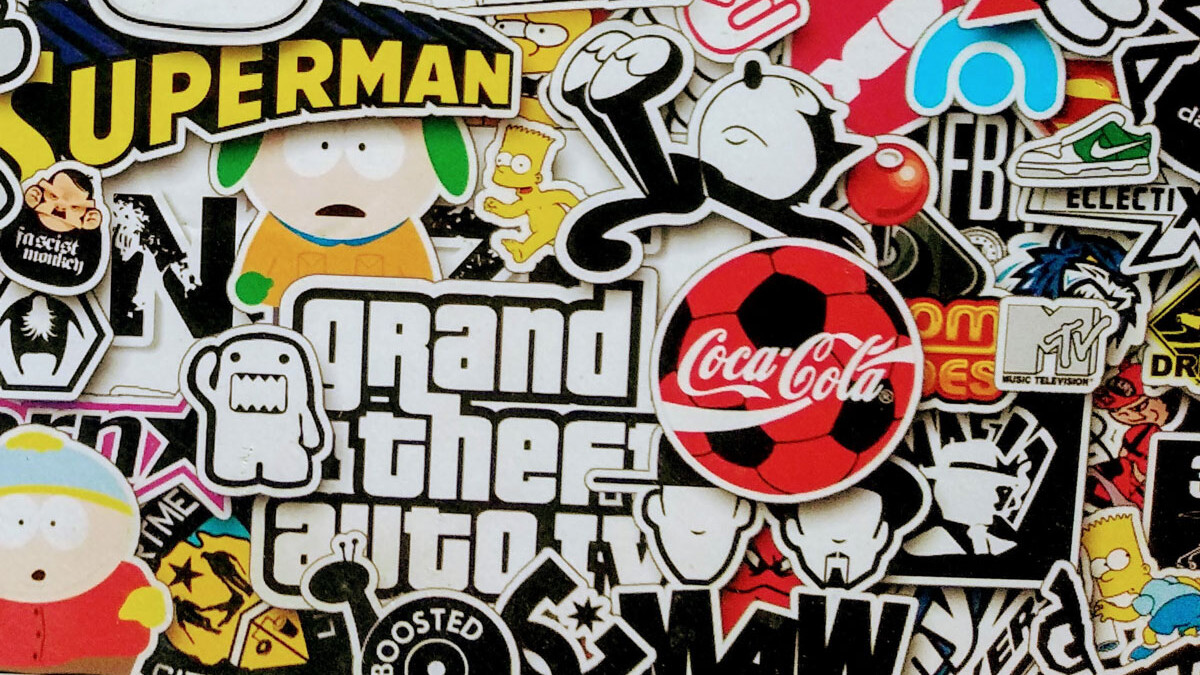
Imagery
An image can be as simple as the aforementioned Nike tick, or a it could be a more complex design. It could even be a monogram or a set of icons, such as the Louis Vuitton logo and the designs of their luxury couture.
Whilst you want to choose something unique, you don’t want your imagery to be difficult to decipher, as most companies will use their logo across multiple interfaces and platforms, often displayed at small sizes on digital devices.
Colour
Picking your colours for your logo design and brand identity is far more important than just making things look pretty. The colour you pick indicates your brand personality and values – are you innovative? Are you a business professional? Or are you fun and playful? – What do you want to communicate?
Most brands choose a complementary colour palette ranging from two to six colours, which can be used together across a variety of branding material. Many big brands even create their own custom trademarked colours, such as the iconic Coca Cola red, UPS brown and Starbucks green.
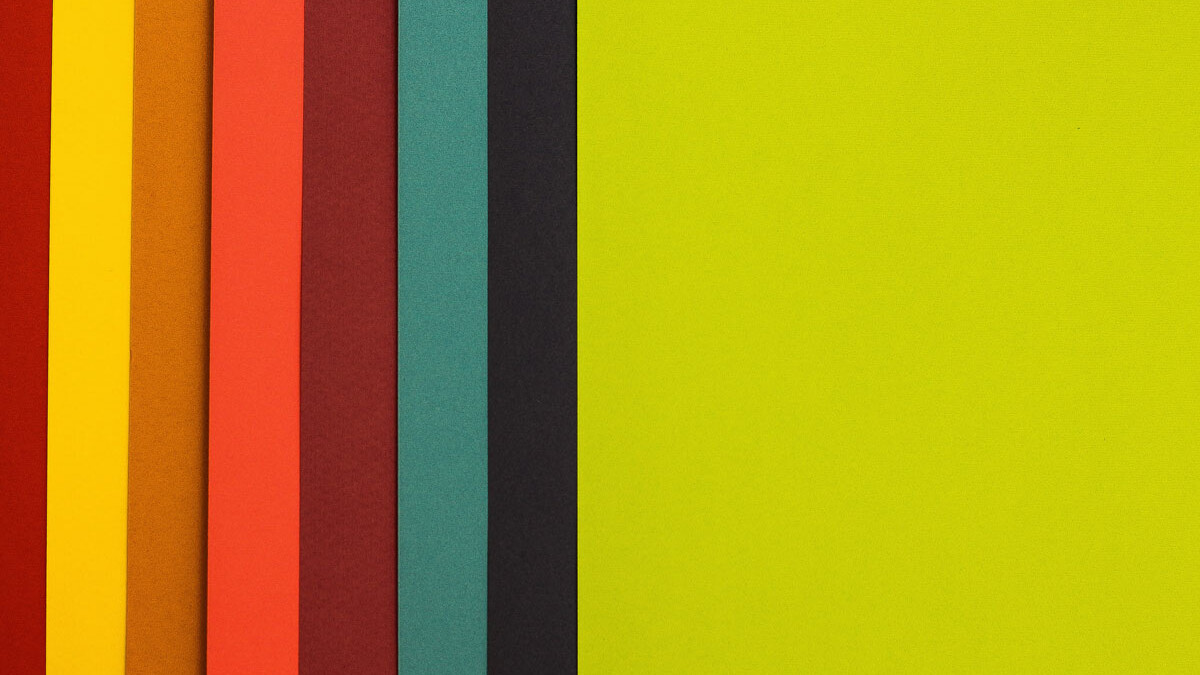
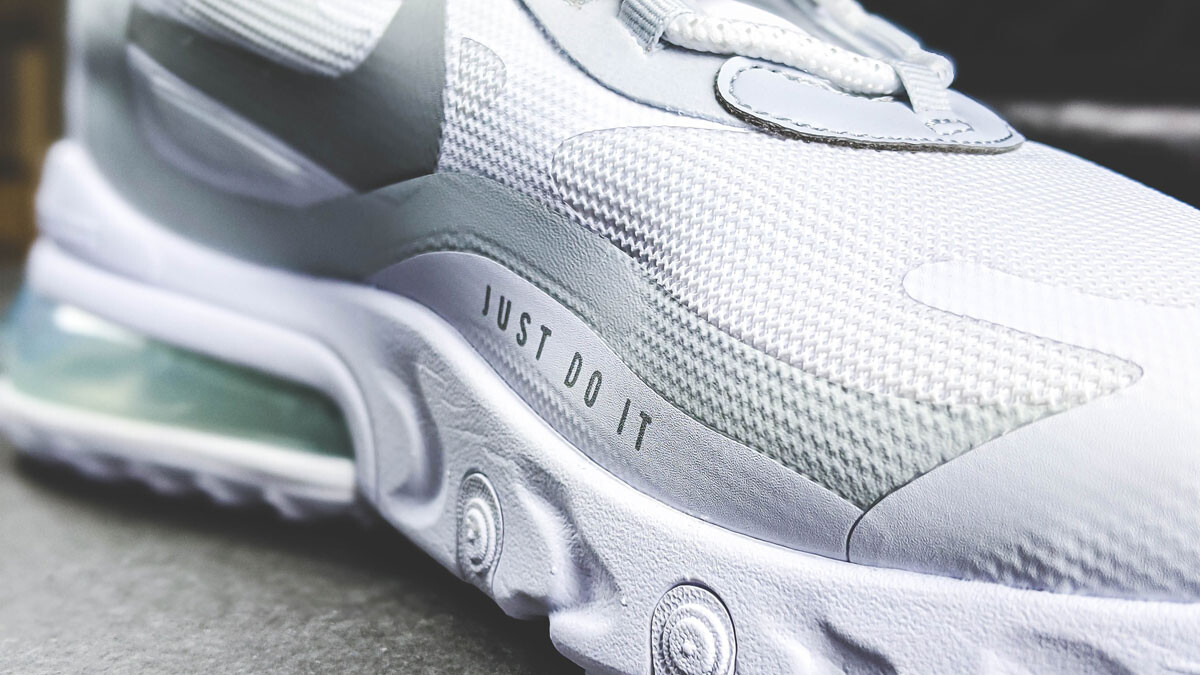
TAGLINE
A tagline is optional, it’s typically a short phrase that captures what your company does or it’s values. Whilst most popular logo designs can stand on their own without a tagline, they can offer context and help to build brand recognition in their own right.
"Identities are the beginning of everything. They are how something is recognised and understood. What could be better than that?"
- Paula Scher
What makes a logo design stand out?
This is very dependent on the nature of your business, audience, the message and branding design which will vary across industries. That being said, there are three things you should think about before creating a logo design.
1. AUDIENCE APPROPRIATE
Your logo design doesn’t have to be bigger and brighter than the rest to stand out, but it needs to be well thought out to resonate with your audience. Sometimes, the simpler you are, the better, after all design is visual communication.
Just remember Nike’s tick, it’s simple, slick and communicates an air of productivity, movement and achievement. The name ‘Nike’ is derived from Greek mythology, ‘Nike’ is the goddess of victory.
To find something that works for you, think about the values you want to communicate. For example, if you’re a company selling sunny holiday packages to families with children, you might opt for a bold colourful logo design that can be understood and relatable to a wide age range. In contrast, something more discreet and refined would sit better with business travellers.
Just think about the difference between economy travel brands and high-end, looking at the airlines ‘Ryanair’ and ‘Emirates’ as examples. Ryanair’s logo design uses a simple, all capital wordmark and bold colours – a cobalt blue and bright yellow which extends into the interior of the aircraft most notably in the design of the seats.
In contrast, the Emirates colour palette is far more discreet and refined, subtly balancing the colours of the United Arab Emirates flag with a muted gold which further communicates luxury. The Emirates logo design itself is very sleek and elegant, the custom typeface perfectly compliments the Arabic calligraphy.
2. EASY TO READ AND REMEMBER
This is particularly true for wordmark logo designs (logos that consist of only text). Don’t pick a wacky font for the sake of being different. You want people to be able to read your logo and make the connection with your brand without having to work too hard.
Many big brands use their company name as their logo design, which often seems to be a single made-up word, making it enough to stand out and easy to remember.
3. SCALABILITY - LOGO DESIGNS NEED TO WORK AT SMALL SIZES
Think about where you want to put your logo. Whilst you might be dreaming big, seeing your business’ name in lights, sprawled on billboards across the country, the reality is, your logo design will most often appear digitally on small mobile devices.
You’ll want something you can use in your email footer, on social media, on your website design and an app icon. You need to create something that’s scalable – meaning it looks great at whichever size is required, whether that be on a big billboard or all the way down to a little bottle cap – legibility is key.
"Design is the silent ambassador of your brand."
- Paul Rand
THE BRANDS YOU ALREADY KNOW
Earlier we discussed the recognisable traits of global brand McDonalds, Nike and Apple. Let’s look at some other brands. A recent survey by Easyfair on 1,500 Brits found Fairy, Heinz Ketchup and Amazon make it to the list of the top 10 most identifiable brands.
Fairy
Albeit quite a simple design, with the bold red typography against a white background framed by the iconic green which matches the product, Fairy has managed to become one of the UK’s most reputable household names.
Notice the cartoon baby – what does it signify? It signals that the product can clean items to a sterile standard required for babies, subtly reinforcing that the brand is family friendly. Furthermore, it could appeal to Mothers, often the primary caregivers and most likely to shop for the household.
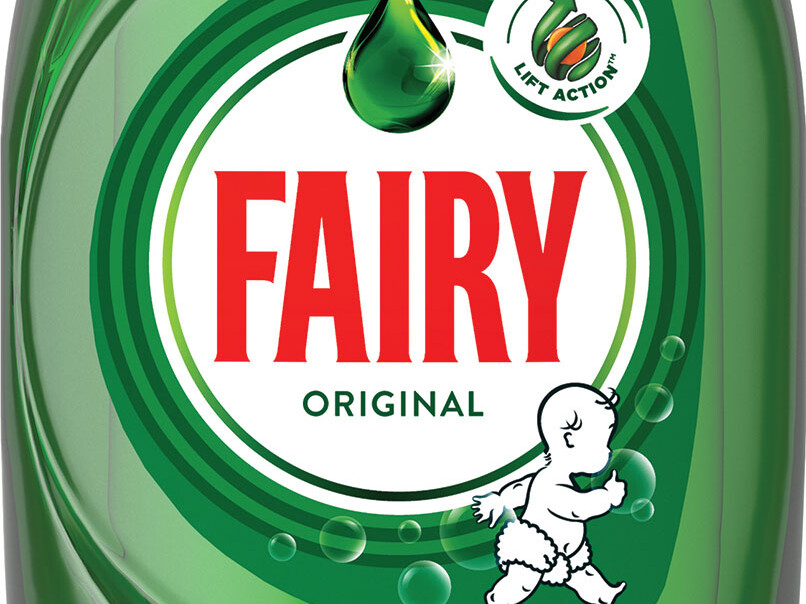
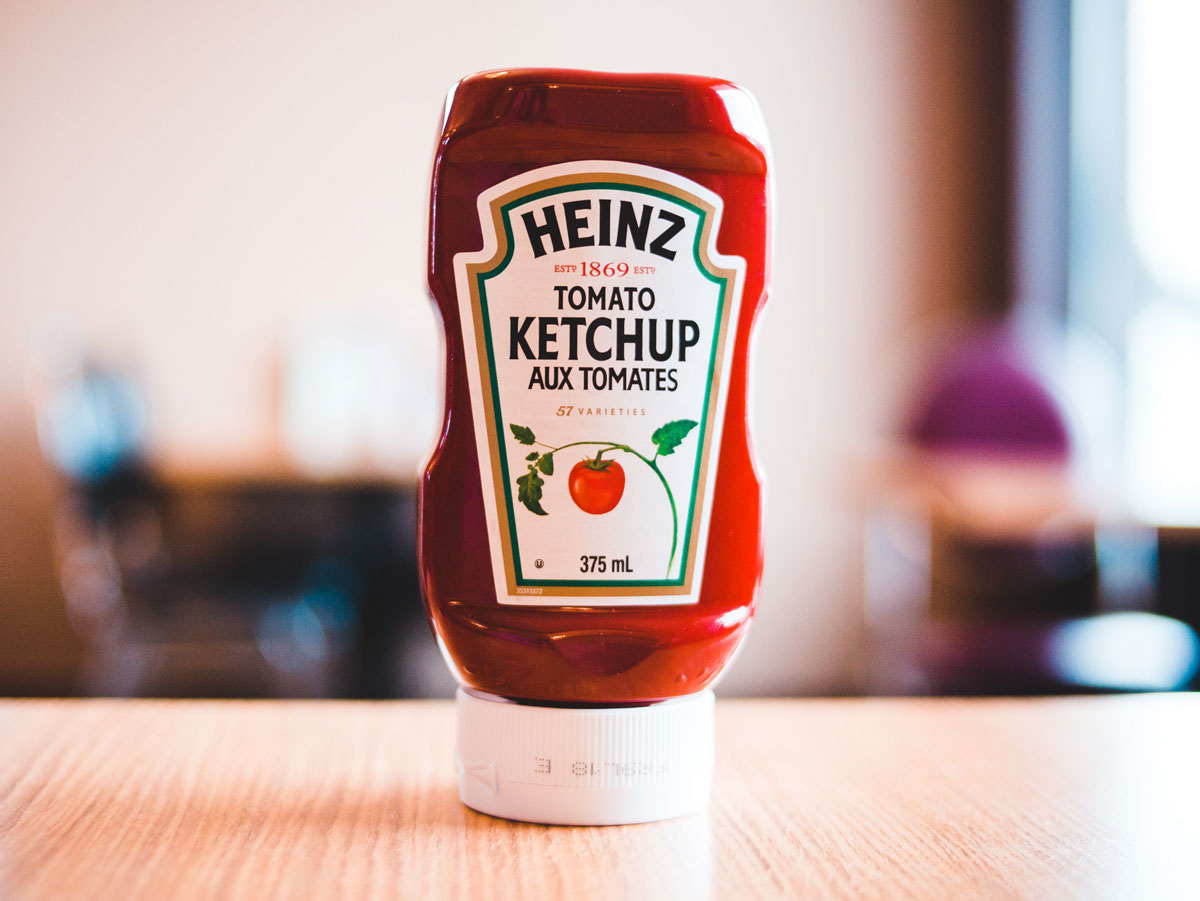
Heinz
With its iconic red bottle, Heinz Tomato Ketchup is a cupboard staple for many – but why? Does it really taste better, or is the brand’s heritage the reason it remains a firm favourite?
The bold black typography against the white immediately makes the brand stand out, and with the subtle marker to it’s heritage under the logo reinforcing its market differentiation. The tomato icon also suggests that the product uses natural, homegrown ingredients, again, separating it from competition.
The brand’s identity recently had a refresh, involving slight changes to the logo design, visual identity for marketing material and tone of voice, to align its array of products and reinforce its proud history and heritage.
AMAZON
The amazon logo design is simple, but effective. Did you ever notice that the arrow underneath the letters signals the journey from A to Z? This matches with Amazon’s delivery offering. You might also notice that the arrow is styled with an upward curve, suggesting a smile, making the brand appear friendly.
Also, the name of the brand is creative with its link to the Amazon forest, home to the world’s most diverse species. This subtly reinforces that the company is a huge powerhouse, home to thousands of unique products to suit everyone.
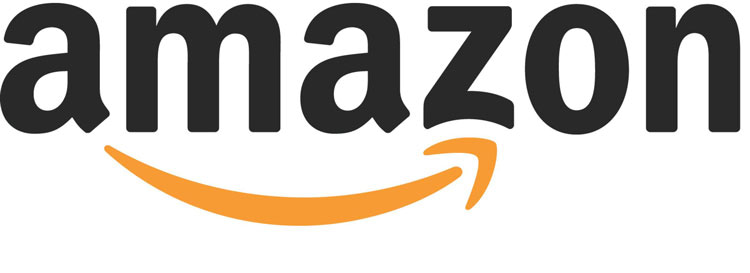
Need a Logo Design?
A clear laid out plan or just a scribble on a napkin? We’re ready to help. We would love to work with you to nurture and grow the business that you’ve always dreamed of.

